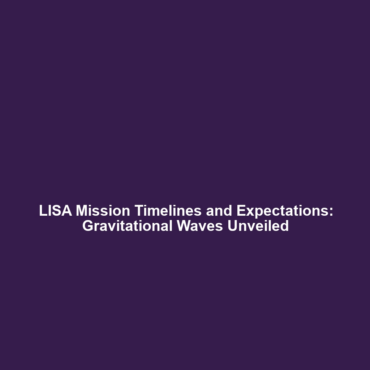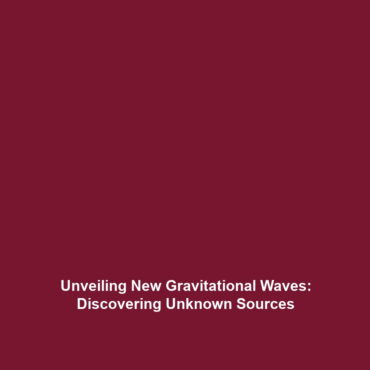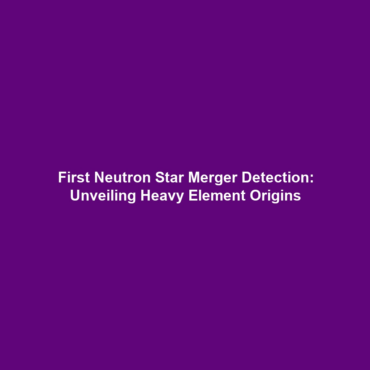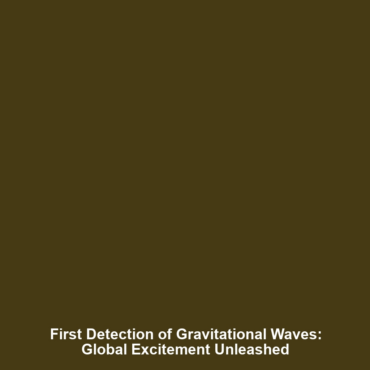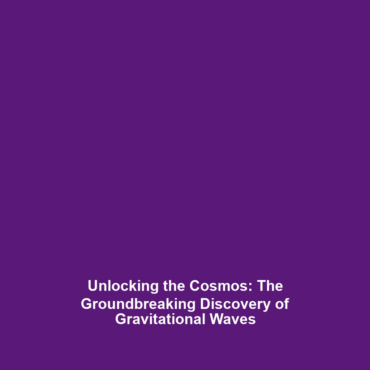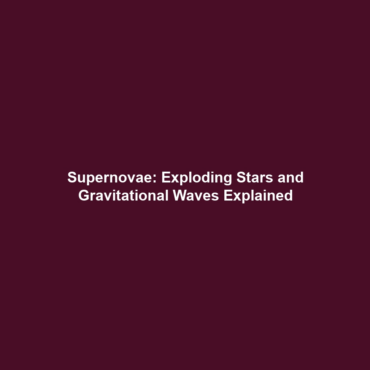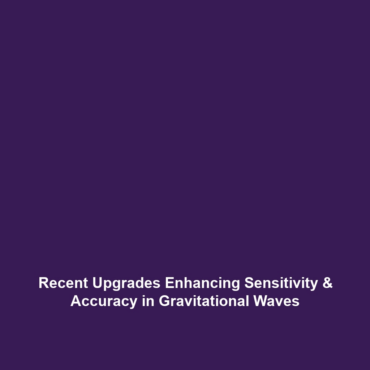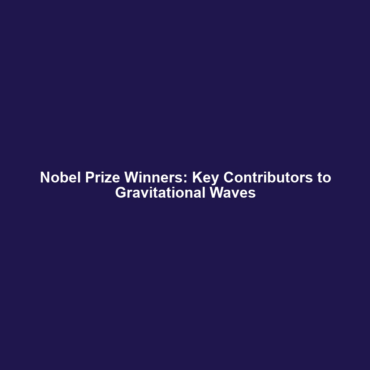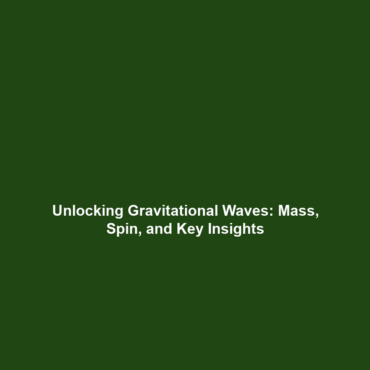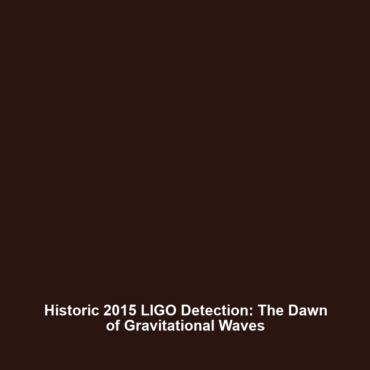Timelines and Expectations for the LISA Mission in Gravitational Waves
The Laser Interferometer Space Antenna (LISA) mission is set to revolutionize our understanding of gravitational waves. Scheduled for launch in the early 2030s, LISA aims to detect and analyze gravitational waves with unprecedented sensitivity, expanding our knowledge of cosmic phenomena such as black hole mergers and neutron star collisions. This article outlines the timelines and expectations surrounding the LISA mission, highlighting its significance within the broader context of gravitational waves.
Key Concepts of the LISA Mission
The LISA mission operates on fundamental principles of gravitational wave astronomy. It will employ a constellation of three spacecraft positioned in a triangular formation, utilizing laser interferometry to measure minute changes in distance caused by passing gravitational waves. The major concepts include:
- Space-based Detection: Unlike ground-based observatories, LISA’s location in space allows it to evade many forms of noise, resulting in higher accuracy in measurements.
- Frequency Range: LISA will target lower frequency gravitational waves, complementing existing ground-based detectors like LIGO and Virgo, which focus on higher frequencies.
- Astrophysical Targets: LISA is expected to detect signals from supermassive black hole mergers and other elusive cosmic events.
Applications and Real-World Uses
The LISA mission offers significant real-world applications in the study of gravitational waves. Here are some examples of how the LISA mission is poised to impact this field:
- Astrophysics: By providing insights into the formation and evolution of black holes, the LISA mission will enhance our understanding of the universe’s structure.
- Tests of General Relativity: Observations from LISA may contribute to new tests of Einstein’s theory of relativity, particularly in extreme gravitational environments.
- Multi-Messenger Astronomy: The ability to combine gravitational wave data with electromagnetic observations will create a more holistic picture of cosmic events, establishing new research fields.
Current Challenges
Despite its promising potential, the LISA mission faces several challenges that may impact its timelines and expectations. Key challenges include:
- Technological Development: Developing the sensitive measurement technology required for LISA poses significant engineering challenges.
- Funding and Budget Constraints: Securing the necessary funding for construction and launch within the expected timelines remains a critical concern.
- International Collaboration: Coordinating efforts among multiple international agencies may introduce logistical challenges that can delay progress.
Future Research and Innovations
Research related to the LISA mission continues to evolve, with several upcoming innovations expected to enhance its effectiveness:
- New Technologies: Advances in laser technology and space-based sensor development will improve the accuracy of gravitational wave detection.
- AI and Data Analysis: The integration of artificial intelligence will facilitate the analysis of vast amounts of data generated by LISA.
- Collaboration with Ground-Based Observatories: Future synergies with ground-based detectors will lead to an unprecedented understanding of gravitational waves.
Conclusion
In summary, the LISA mission represents a pivotal step forward in the exploration of gravitational waves. By establishing clear timelines and managing expectations, the scientific community can prepare for the groundbreaking discoveries that lie ahead. As we await the mission’s launch in the early 2030s, ongoing research and collaboration will continue to illuminate our understanding of the universe. For further reading, visit our pages on Gravitational Waves and Space Missions.
